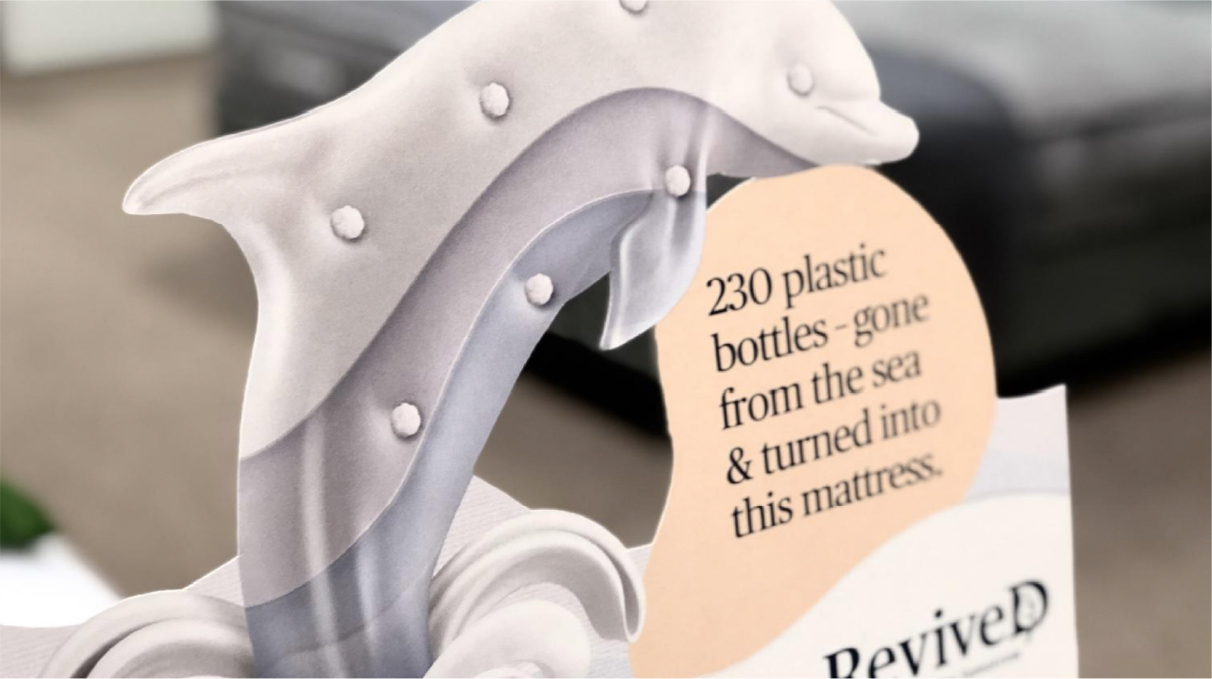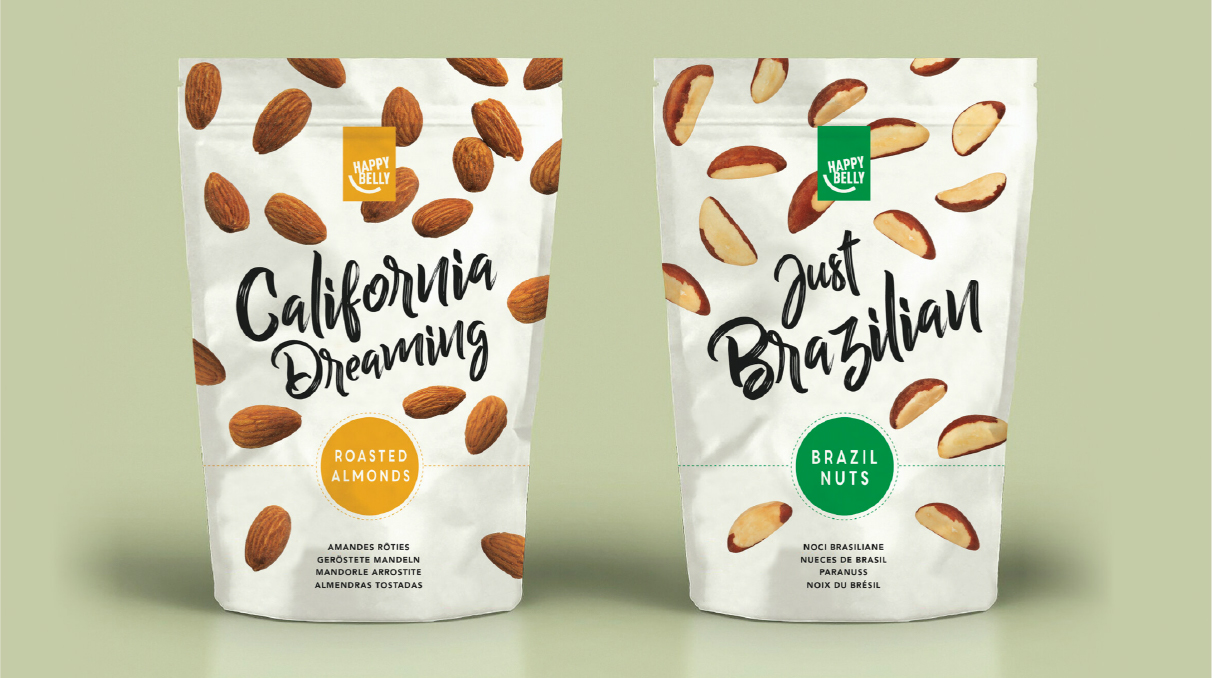4 captivating brand development strategies
Grow your brand with our rundown of the most captivating brand development strategies.
By Blackdog - 4 years ago

Apple vs Nokia, Google vs Yahoo, Netflix
vs Blockbuster, Dyson vs Hoover
What keeps some businesses at the top of their game for decades, while others fade into obscurity? Thriving brands invest time and effort in staying fresh, which requires the kind of brand (and sometimes product) development that never stops.
No matter how big or famous your company is, or what you’re selling, the secret is to keep making people want to buy from you, rather than someone else. If you aren’t moving forward you’re standing still, so you need to keep growing and reinventing yourself to remain relevant.
Nurturing your brand is crucial for the continuing success (or survival) of your business. But how do you do it and what does it entail? This jargon-free overview is designed to help real people make real-world decisions for brands of all types, shapes and sizes.
Why do you need a brand development strategy?
Your ‘brand’ is a combination of its reputation and visibility, and a clear strategy is essential to ensure that it stays attractive to your audience. Key reasons to develop your brand include:
• To build awareness. New news can help you win people’s attention. Because people are fickle and attention is precious.
• To improve consumer loyalty. How do you make people keep coming back for more, on autopilot? By creating unreasonable loyalty. Because your brand feels right to them. Or it’s a no-brainer. Just because.
• To increase penetration. No matter how loyal your customers, your base will dwindle. People will die, lose interest, change circumstances or have their heads turned. A strong, distinctive brand will help you win more of the market you’re in by constantly winning new customers. And it can help you enter new markets.
• To grow volume. Getting people to buy more, more often, equals more sales. Simple. But not easy.
• To launch new products or services more easily. The stronger your brand, the more confidence people will have in it and the more likely they will be to follow you into new sectors. So by giving them an easy choice you can mitigate your own risk.
Whatever your long-term objectives, a well-defined, robust, people centric brand strategy is a must.
The Fab 4 of brand development strategy
These four pillars of brand development strategy will help you nurture your future brand health. They cater to two opposing human traits: we are creatures of habit and take comfort in what is familiar, but our interest is piqued by novelty.

• Product/range extension
• Brand extension
• Multi-brand
• New brand
Let’s dive in a bit deeper…
Product/range extension
This is when a brand introduces a new product similar to one it offers already, targeting an existing market. The new product carries the established brand name and plays in the same broad category as its stablemates. New flavour variants or pack formats are good examples of this: both offer new ways for people to consume the brand.
This strategy is widely used by portfolio brands like Cadbury, leveraging brand equity built over time. When they launch a new product, the familiarity of their brand commands trust (you know it’s probably good) and the novelty of a new taste experience piques curiosity.
A good example of this strategy is our campaign with Dreams to launch the Revived mattress brand.

Brand extension
This is when a business seeks to broaden its reach by launching products or services in a new market under an existing brand name. For instance, Disneyland is a highly successful extension of the Disney brand.
This strategy also leverages trust and brand equity built over time, enticing consumers to choose the brand in a new market in which it has no previous history or experience.
Often, customers need make only a small leap of faith from the brand’s core sector to its new battleground. For example, you might be more inclined to use an Apple credit card if you already use Apple Pay, but choosing Royal Mail as your broadband supplier might be too much of a stretch.
Multi-brand
The flipside of product extension is the multi-branding strategy - when a business launches a new brand name in an existing category in apparent competition with itself. This strategy works by squeezing competitors for market share, e.g. PepsiCo has cornered the porridge oats market with their Quaker and Scott’s brands.
This strategy is more prevalent amongst larger organisations, especially holding companies and portfolio brands, and is often fast-tracked through acquisition.
However, multi-branding can be effective on a smaller scale. For instance, we’ve worked with Leeds University to re-brand all of their cafes and bars, each with a distinctive positioning and offer, but all owned by the same parent organisation.
New brand
Our final pillar of brand development is the launch of a completely new brand where everything is different and new. New logo, new identity, new guidelines, new product offering, new positioning.
Given that 80% of new product launches fail* this is a high-risk strategy, but it can reap the greatest rewards. When you create a completely new brand and product, you have the opportunity to capture (and possibly create) a completely new market, as Starbucks did when it created the ready-to-drink chilled coffee category.
* Harvard Business School
Other types of brand development strategy
Our Fab 4 pillars aren’t the only brand development strategies available. You could also consider the following.
Private/own label branding
Own label branding works well for retailers who have a strong identity, and can be used to enter tangential markets. An age-old staple of supermarket ranges, own label can be used to great effect by market disruptors, and our work for Amazon is a great example of this.

Co-branding
Co-branding is becoming increasingly common in our influencer-inspired world. It manifests as a joint product launch by two or more different brands, offering new news to the users of each entity.
Think Yeezy and Adidas, GoPro and Red Bull, and Apple and Mastercard. All stellar brands on their own, who have leveraged each other and collaboratively grown their market share and revenue.
Another example is our campaign with Currys PC World and Tinchy Stryder, which provided some serious competition to Beats by Dre.

Brand licencing
With brand licencing, you don’t have to create or even oversee the private labelling of products in order to grow your brand. All you need to do is lease or rent the rights to use your brand assets to other companies.
This occurs frequently in the film industry, where franchises like Marvel or Star Wars license out the rights to their brand in lucrative deals. But it’s not all about celebrity. A peek in your local supermarket will reveal loads of much-loved examples, such as Cadbury’s Mini Rolls or Marmite crisps.
What else does a thriving brand need?
Once you’ve chosen your strategic approach, you need to develop and nurture 3 core things.
Brand identity & guidelines
However you choose to grow, a strong brand identity is essential. This living document covers everything from your mission statement and copy guidelines to colour palette and logo. Think of it as the playbook that will help you brand create consistent impact, wherever it is seen or heard.
Brand assets
Creating branded assets comes next, once your guidelines and identity are in place. Brand assets include fonts, icons, illustrations, stock photos, video footage and straplines – anything and everything that designers, copywriters and marketers might use in marketing activities.
Brand marketing
It doesn’t matter how good your brand looks if you don’t get seen by the right people, in the right places. This is where 90% of brands fail. Luckily, it’s something we excel at.
So if you need support with your brand, call on Blackdog for help. We’re experts at captivating people and have helped dozens of brands develop and launch successful growth strategies.
Give us a call today to find out more.